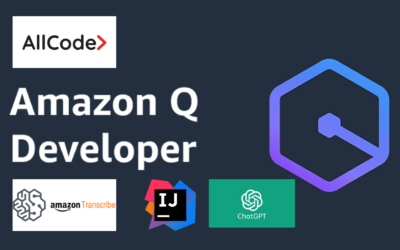Share

AWS Serverless Infrastructure
How it Works
Serverless infrastructure streamlines operational management, allowing developers to focus on more important aspects of their business. By eliminating the need for developers to worry about resource allocation, scaling, application deployment, and other operational complexities, serverless infrastructure empowers teams to prioritize core software development. This shift in focus frees up valuable engineering time dedicated to building features that drive customer satisfaction and business growth.
In comparison to industry leaders like Amazon, Google, or Microsoft, it is evident that managing virtual machines is not where our engineering team’s expertise lies. By leveraging serverless infrastructure, we can offload tasks such as hardware allocation, virtual machine and container management, and security monitoring to specialized cloud services like AWS Fargate. This not only ensures efficient resource utilization but also enhances overall operational efficiency within the engineering organization.
AWS Serverless Infrastructure handles:
- Hardware allocating
- Virtual Machine and Container management
- Multithreading, for example, is incorporated into the code.
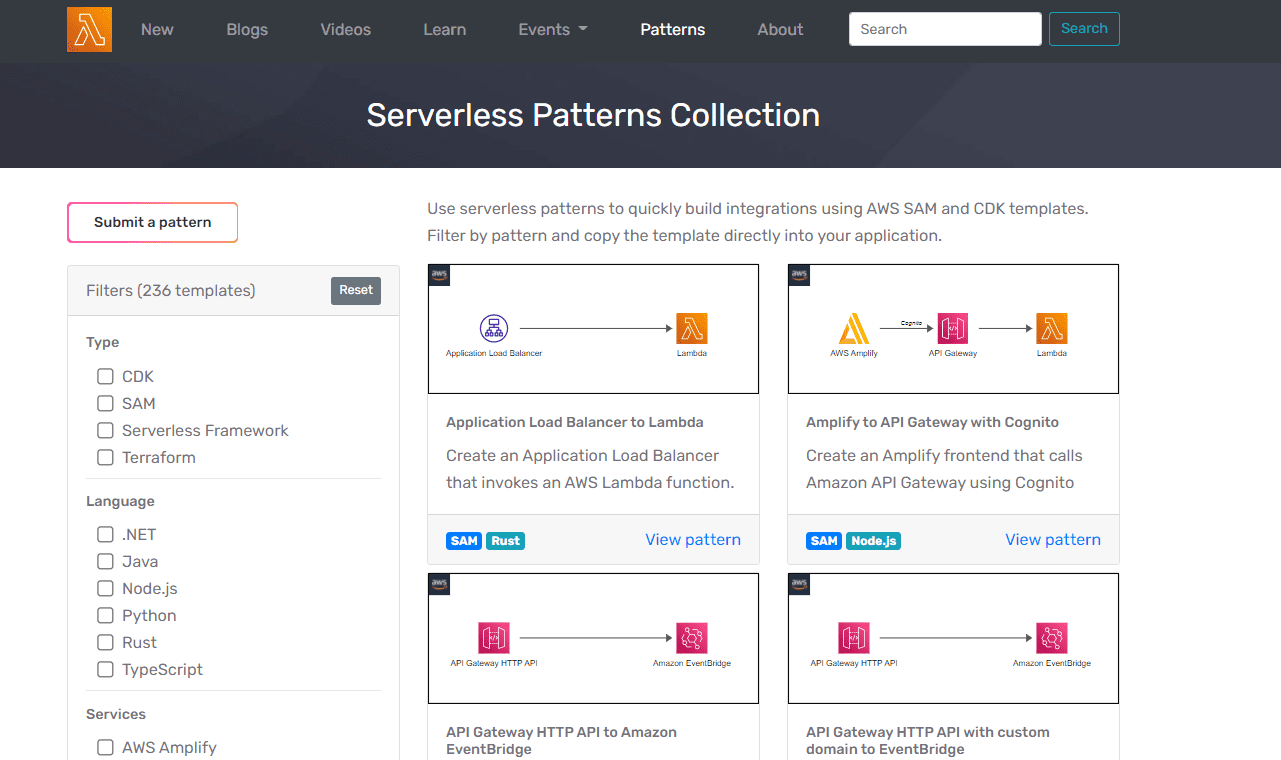
Benefits
- Streamlined operational management:
Developers don’t have to worry about resource allocation, scaling, application deployment, etc. Serverless Infrastructures handle all of these difficulties.
- Cost-effective:
Users pay only for what they use with the “pay as you go” pricing model. All Amazon Web Services charges are based on the services you utilize, and nothing more.
- Elastic Scalability:
It refers to the ability of applications designed with a serverless infrastructure to scale automatically in response to increases in the number of users.
- Multiple language support:
The AWS Serverless Infrastructure is compatible with a wide variety of programming languages, including Node, C#Python, Java, and many others.
- Provide security and monitoring mechanisms:
Serverless infrastructure offers sign-up and sign-in services that are more efficient and less expensive.
Services Provided by AWS serverless Infrastructure
The execution environment for your application code is provided by Serverless Infrastructure. Computational tasks are handled by two services.
These are:-
- It is possible to write Lambda functions in any language of your choice using AWS Lambda. Node.js, Java, Python,.NET, Go 1.x, Ruby 2.7 and 2.5, Rust, and many more runtimes are supported by Lambda. It is possible to connect Lambda with other Amazon Web Services, such as S3 (Simple Storage Service), to do a variety of tasks, such as processing data. Since you just pay for the resources you use, it’s an economical way to use over 200 AWS services and SaaS applications.
- AWS Fargate: You don’t need to manage servers or clusters to run docker containers with Fargate. Each distributed component of a serverless application is coordinated and managed by it, and the resources you require are automatically allocated.
Messaging
- For microservices and serverless applications, Amazon SQS (Simple Queue Service) is a fully managed distributed message queuing service. It lowers IT costs while also simplifying the whole system. If you’re looking for a standard message queue or a FIFO queue, SQS has you covered.
- Service for sending out messages that is completely managed by Amazon Web Services (AWS SNS). Parallel processing is made possible by the ability to send messages from a single programme to a large number of recipients. You can use SMS, mobile push, Lambda, or email to send notifications.
Integration
- Amazon API Gateway:
REST and WebSocket APIs of any scale may be created and maintained with API Gateway by Amazon. A safe, scalable, and user-friendly platform. Real-time two-way communication and API traffic management are both handled by this system.. Only the API calls you made and the data AWS sent back to you are charged.
- AWS Step Function:
In Step Function, orchestration is defined as planning and organising resources to achieve the desired result utilising Lambda functions and other AWS services, such as Elastic Beanstalk. States and tasks are used in Step Function. A state can be thought of as a discrete phase in a workflow. It is possible to see the components and the flow in real-time using a graphical view

Download list of all AWS Services PDF
Download our free PDF list of all AWS services. In this list, you will get all of the AWS services in a PDF file that contains descriptions and links on how to get started.
Security
In cloud server infrastructure, security is the most critical concern. Web and mobile apps can use Amazon Cognito for authentication, authorization, and administration. User pools and identity pools are the two key parts of this system. Sign-in and sign-up services are provided by user pools, which are directories of your users. Authorized users have the option of exchanging their user pool tokens for temporary AWS credentials in the Identity pool.
Analytics
- Streaming service Amazon Kinesis collects and processes large streams of data records in real time, such as website clickstreams, database event streams, financial transactions, and location-tracking events, in real time. This system is composed of three main parts:
- Large data streams can be stored in real-time using Amazon Kinesis Data Stream.
- Kinesis Data Firehose is a streaming data storage and delivery solution from Amazon.
- In order to do advanced analytics on streaming data, Amazon Kinesis Data Analytics is employed.
- An interactive query service called Amazon Athena allows you to evaluate huge datasets in AWS Simple Storage Service (S3) using regular SQL.
Because it’s serverless, you just pay for the queries you run and don’t have to worry about maintaining infrastructure.
Use Cases
Build web applications
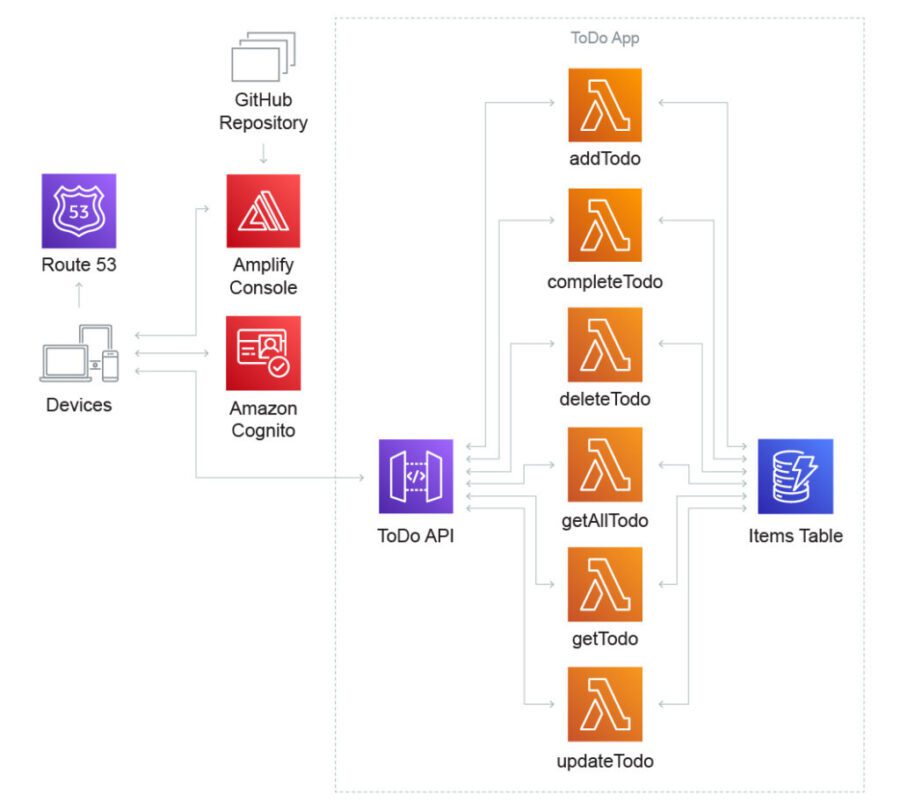
Data processing
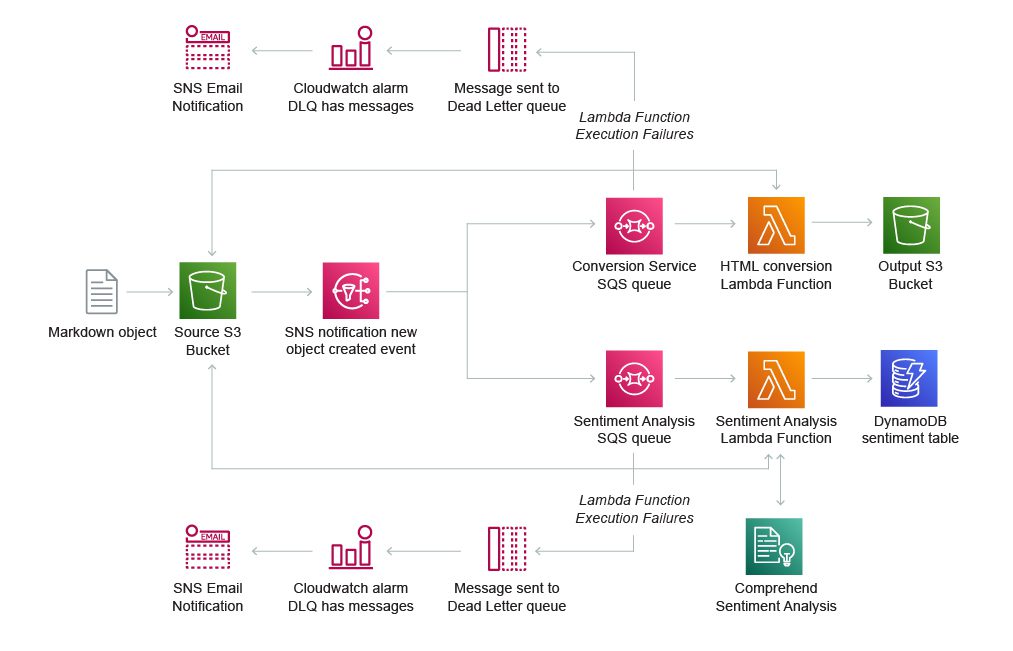
Batch processing

Event ingestion
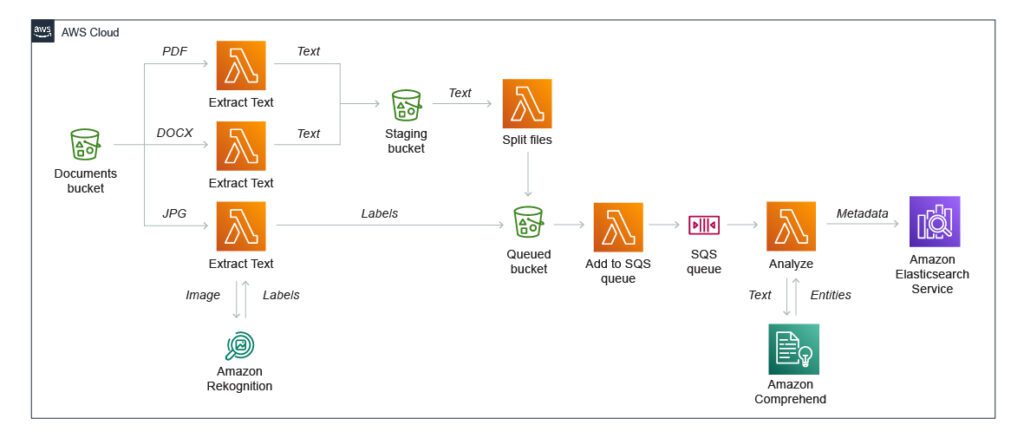
Need help on AWS?
AWS Partners, such as AllCode, are trusted and recommended by Amazon Web Services to help you deliver with confidence. AllCode employs the same mission-critical best practices and services that power Amazon’s monstrous ecommerce platform.
Conclusion
All of AWS’s services are completely self-managed and offer highly available services at a lower cost. It makes it easier for applications to grow and develop more quickly. Web applications, real-time file processing, real-time stream processing, and mobile backends all leverage serverless applications. Instead of managing servers, developers should focus on developing core apps or solutions.
Serverless adoption for businesses can present some challenges, mainly due to its unique architecture and requirement for new skill sets. Transitioning from traditional monolithic or container-based approaches to serverless requires a shift in mindset and technical expertise. Success with serverless hinges on engineers’ readiness to learn the necessary skills and adapt to the new paradigm.
While serverless may seem daunting at first, it is not overwhelmingly difficult for businesses with competent engineers. Given the right support, training, and opportunities to experiment in a safe environment, teams can effectively navigate the transition to serverless. By empowering engineers to acquire the required knowledge and offering them the space to innovate, businesses can overcome the initial hurdles and achieve success with serverless architecture.

Text AWS to (415) 890-6431
Text us and join the 700+ developers that have chosen to opt-in to receive the latest AWS insights directly to their phone. Don’t worry, we’ll only text you 1-2 times a month and won’t send you any promotional campaigns - just great content!


